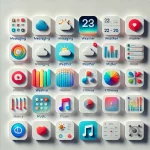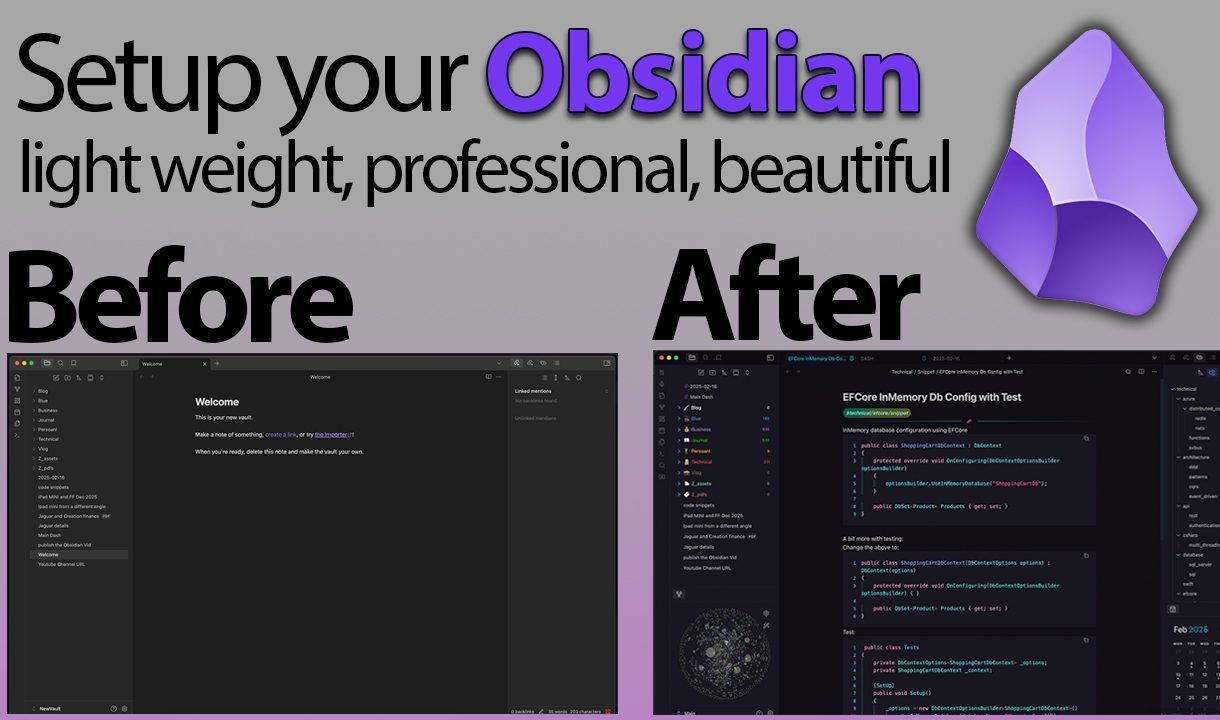Building on the foundation laid in Part 1, the Neural Connection Note-Taking Technique continues to revolutionize how we learn, comprehend, and recall information. By intentionally forging mental links between new concepts and existing knowledge, this method harnesses the power of our brain’s associative networks. In Part 2, we delve deeper into practical applications, provide step-by-step guidance, and explore advanced tips to maximize the benefits of this technique.
1. Recap of Core Principles
Active Engagement: The learner is not just a passive observer but an active participant. This mindset shift cultivates curiosity and heightened awareness.
Visualization: Diagrams, charts, and mind maps help transform abstract ideas into concrete visual structures, enhancing comprehension and recall.
Association Building: By linking new information to familiar concepts, neural pathways become interconnected, streamlining the recall process.
Interactivity: Collaborative note-taking and peer discussions reinforce learning through diverse perspectives and shared insights.
2. Deeper Dive into Practical Applications
2.1 Adaptation for Various SubjectsSTEM Fields: When tackling subjects like biology, mathematics, or computer science, create visual webs of formulas, theorems, and real-world applications. Linking equations to practical examples—such as linking a calculus concept to physics—helps fortify understanding.
Humanities and Social Sciences: Use timelines, cause-and-effect charts, or thematic maps to depict relationships between historical events, literary themes, or psychological theories. By threading these connections together, learners grasp not only specific facts but the broader context.
2.2 Utilizing Digital Tools
Note-Taking Apps: Apps like Notion, Evernote, or OneNote allow flexible formatting, embedding images, and hyperlinking content. With simple drag-and-drop features, users can cluster related data, making the connection-building process more intuitive.
Mind Mapping Software: Platforms such as MindMeister or XMind help visualize linkages in real time. Collaborating on shared digital mind maps also fosters interactive learning.
Flashcards and Spaced Repetition: Tools like Anki or Quizlet reinforce neural connections by systematically revisiting information at optimal intervals.
3. Step-by-Step Implementation Guide
Pre-Engagement
Preview the Material: Skim headings, summaries, or key visuals before diving in. This primes your brain to identify significant themes as you begin note-taking.
Set Intentions: Determine your learning objectives—are you aiming to understand overarching concepts, retain key details, or critically analyze material?
During Note-Taking
Create a Visual Framework: Begin with a central topic or question. Branch out with related subtopics, connecting them with arrows or lines.
Link to Prior Knowledge: As you encounter new information, ask yourself, “How does this relate to what I already know?” Record these insights directly on your notes.
Highlight Connections: Use color-coding, shapes, or bold text to visually group related details, making these links more prominent.
Post-Note-Taking Reflection
Review for Gaps: Compare your notes with the original material or lecture to spot missing links or inconsistencies. Fill in details to ensure a complete picture.
Reorganize if Needed: If certain sections seem disjointed, restructure your notes to clarify the connections—be open to reshaping your initial layout.
Collaborate: Share your notes with classmates or colleagues. Discuss variations in how you each formed connections, expanding your understanding with fresh insights.
4. Advanced Tips and Strategies
Storytelling Approach
Weave concepts together as if you’re narrating a story. This could mean crafting a timeline of events for historical topics or a logical flow of evidence for scientific research. A narrative can serve as a powerful mnemonic device.
Layered Complexity
As you deepen your understanding, add new layers of information atop existing notes. This incremental approach reveals the interconnected nature of the subject matter and shows how each new insight builds on older ones.
Teach to Learn
After forming your own neural connections, attempt to explain the material to someone else. Teaching challenges you to clarify complex links and often uncovers overlooked details.
Personal Metaphors and Analogies
If two concepts remind you of something in your daily life—a puzzle, a recipe, a sports play—use that analogy in your notes. Personalizing connections strengthens memory retention by tapping into familiar frames of reference.
5. Success Stories and Case Highlights
Case Study: STEM Students
STEM learners using the Neural Connection Note-Taking Technique reported a substantial decrease in rote memorization and an increase in conceptual understanding. Rather than memorizing formulas in isolation, they visualized how concepts interlinked, leading to improved test performance and long-term retention.
Case Study: Working Professionals
Professionals in project management and marketing fields found that visualizing stakeholder relationships, workflow processes, and campaign results yielded better strategic planning. Their connected notes acted as dynamic blueprints, making it easier to adapt to shifting project demands.
6. Conclusion
The Neural Connection Note-Taking Technique continues to demonstrate its transformative potential by weaving information into robust mental networks. By actively engaging with content, harnessing visualization tools, forming meaningful associations, and embracing interactivity, learners move beyond surface-level understanding toward a more profound mastery of their subject.
As you apply these advanced strategies to your studies or professional endeavors, remember that learning is a journey of exploration. Each link you make is a bridge to deeper insight, turning isolated facts into living, vibrant knowledge. The power of connections lies at the heart of this method—a testament to the brain’s remarkable capacity for discovery and growth.






